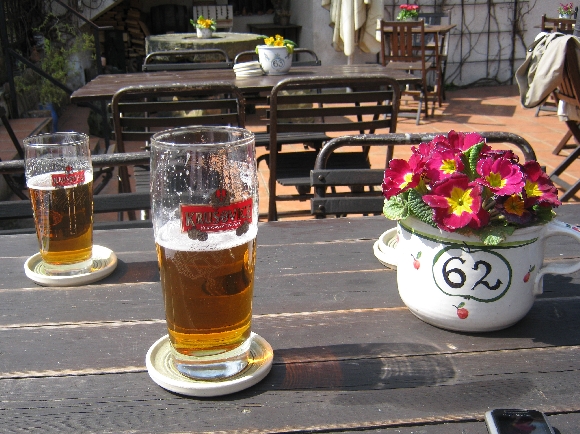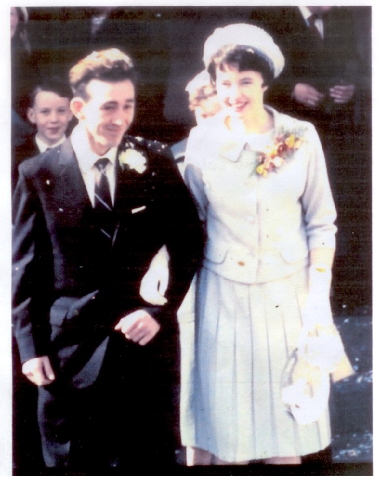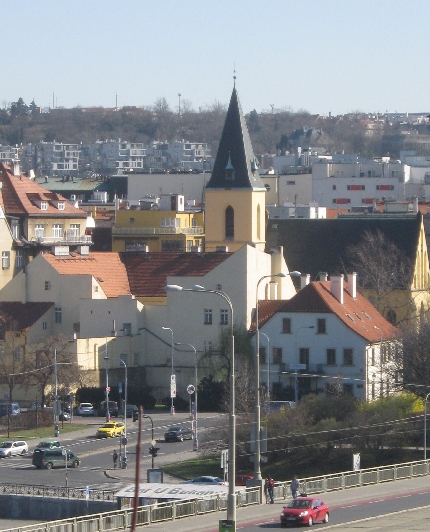
Back in 1970 when I was just eighteen years old, I went off to see the world and emigrated from England to live in the Australian island state of Tasmania. As well as being a formative experience, one thing I discovered whilst living there, really surprised me. Despite Tasmania having at that time, a population of only just over 400,000, there was a great rivalry between those who lived in the south of the island, particularly in the state capital Hobart, and those who lived in the north of the island, either in the second city Launceston, or in the string of towns along the North-West coast.
Bearing in mind that Tasmania was and still is the smallest of the six Australian states, both in area and population, it did seem odd to me that there should be such a rivalry between fellow Tasmanians. Surely, they needed to stand together against the might of the other five much larger states located on ‘the mainland’, the term used by all Tasmanians to describe that rather large island just to the north of them.
Five years later, I returned to the UK and in September 1975, went to live in Lampeter, West Wales, in order to study as an undergraduate at what was then known as St. David’s University College. Wales is also quite small with a population of about 3 million. Of those, about 20% fluently speak the native language of Welsh.
Two of my best friends at university, Aled and Hedd, were native first language Welsh speakers. Yet because Aled came from Trawsfynydd in North Wales whilst Hedd was from near Fishguard/Abergwaun in South-West Wales, each used to quite regularly tell the other that they did not speak Welsh properly! This was a reflection of the rivalry between those from North Wales and those from South & West Wales and the slight variation in the way Welsh is spoken in these different parts of the principality.
I can better understand rivalries when they occur within much larger nations, especially when those nations have only become united in relatively recent times. My wife Sybille, who is German, has frequently pointed out to me the ongoing rivalry between those from the north and south of Germany. Complete German unification only came about at the beginning of 1871.
German citizens from both north and south, rudely refer to each other based on what each believes the other to supposedly eat. A South German will call a North German, ‘ein Fischkopf‘/’a fish head’, whilst a North German will call a South German, ‘eine Weisswurst‘/’a white sausage’. Sybille, who ‘ist ein Fischkopf, keine Weisswurst‘, will point out that if you drive west from Prague to the border with Germany, whilst there is a sign saying that you are entering ‘die Bundesrepublik Deutschland‘, there is a far larger sign saying ‘Herzlich Willkommen im Freistaat Bayern‘/’Welcome to the Free State of Bavaria’!
The Czech Republic is a relatively small nation with a population, according to the 2011 census, of about 10.5 million people. As I explained in a previous post, the country is made up of what was historically known as Bohemia and Moravia, together with a small part of Silesia. Bohemia forms the western part of the country with Prague at its centre, whilst Moravia forms the eastern part where the country’s second city Brno, is located. And as I have discovered, there is quite a rivalry between Bohemia and Moravia.
I first became aware of this rivalry, when Honza, a Czech member of my Prague congregation, said to me, that he would never leave his car, with its number plates indicating he is from Prague, parked unattended in Brno, fearing one of the local Moravians would damage it! The second letter of a seven letter/digit Czech number plate, indicates where the car is from. ‘A’ is Prague, ‘B’ is Brno. In case you’re wondering why Prague isn’t ‘P’, it is because ‘P’ is used for Plzen.
More recently, my friend Katka from Brno remarked that, “…as many of my fellow townspeople like to point out, our favourite view of Prague is in the rear view mirror of a car!” I think you can see from these two remarks, there is quite a friendly rivalry, which can at times, become a certain animosity, between Prague and Brno – between Bohemia and Moravia.
Some of this rivalry can be relatively light-hearted. Back in October 2011, I listened to a speech by the Mayor of Brno in which he declared that Brno was the largest city in the Czech Republic, despite only having a population of no more than 400,000, whereas the population of Prague is 1.3 million. However, his reasoning was based on the fact that Prague is officially a region in its own right, whereas Brno is a city within the region of South Moravia.
Another reason for this rivalry is linguistic. The Czech word ‘Cesky’ can mean both ‘Czech’, referring to the whole country, or ‘Bohemian’, only referring to Bohemia. This was reflected in the recent 2011 census when in answer to a voluntary question, over 500,000 people declared themselves to be ‘Moravian’ rather than ‘Czech’.
Besides the linguistic explanation, I think another reason for this rivalry is that Moravia doesn’t have the country’s capital city – for some things, you have to travel to Prague in Bohemia. This in turn leads to Prague people looking down on the citizens of Brno. In many ways this reflects a wider attitude to which I was alerted very early in my time here. Czech people (both Bohemians and Moravians) look down on Slovaks, who in turn look down on Ukrainians!
Just like Tasmanians and the Welsh, once Czech citizens are outside of their nation’s borders, they stick together regardless of where they originally come from. But as a foreigner living in the Czech Republic, it is good to be aware of the Prague-Brno / Bohemia-Moravia rivalry, if only to be able to appreciate the humour it engenders.



















